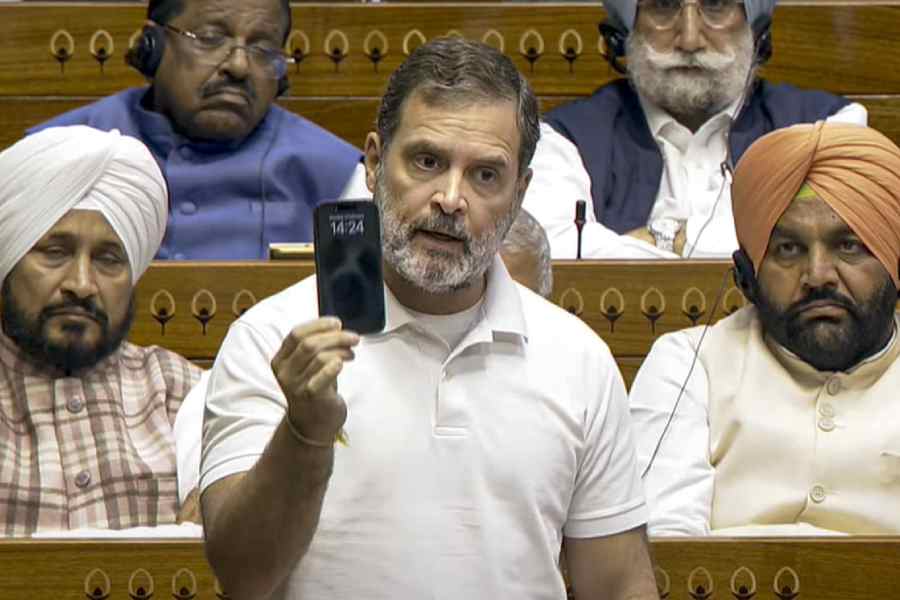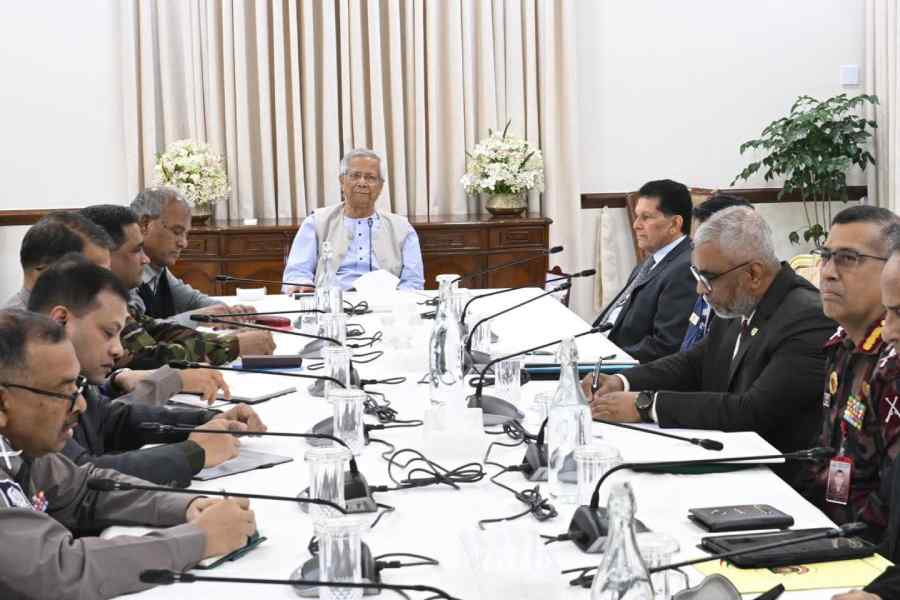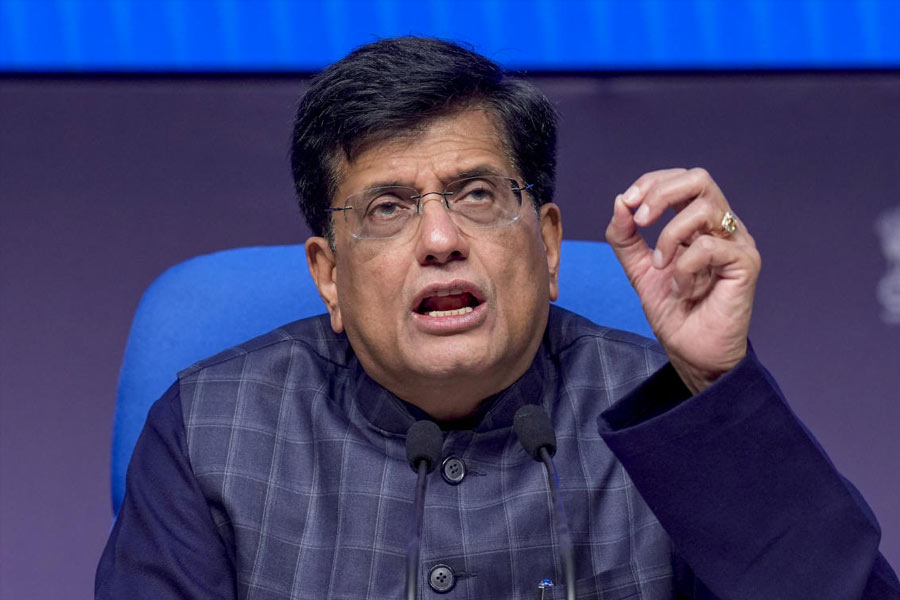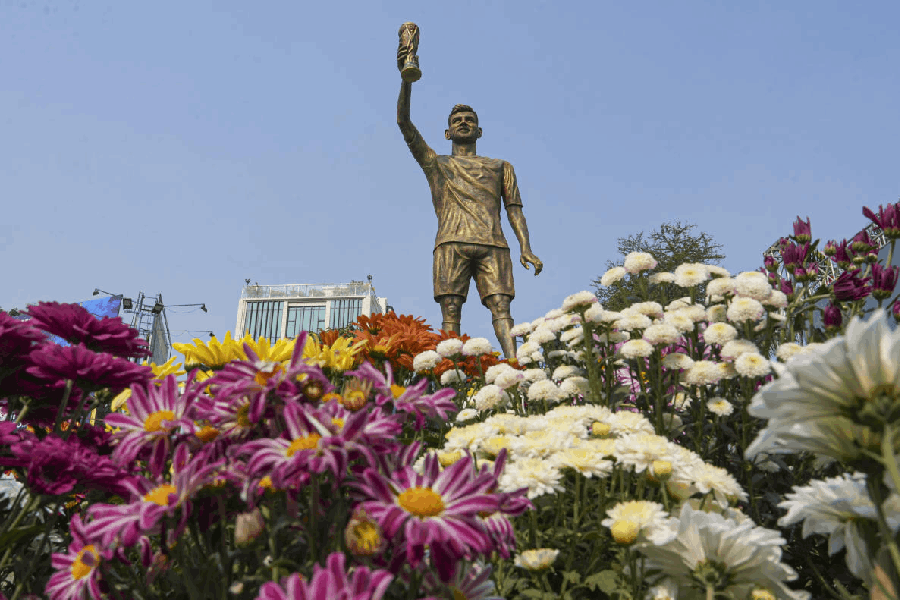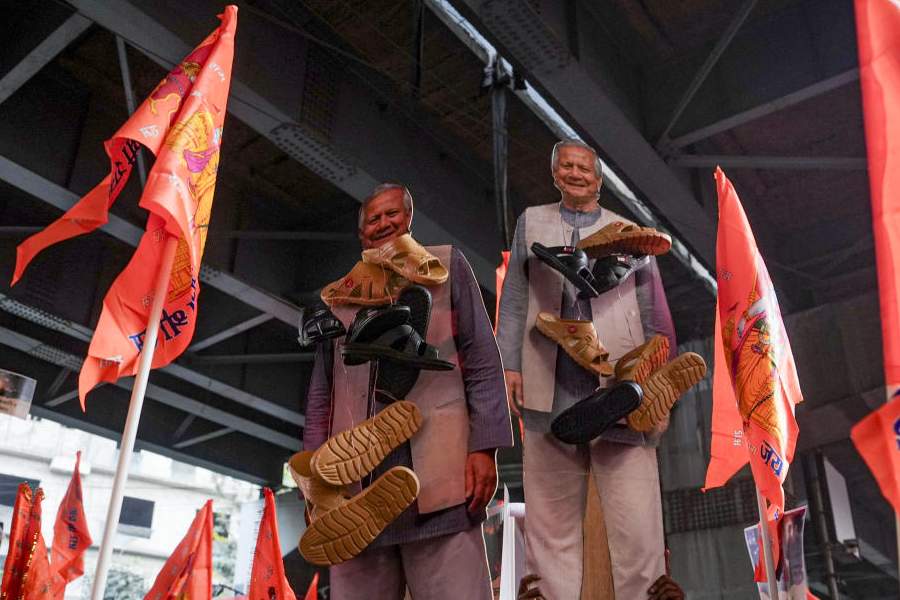Phew! The relief was hard to miss. “Conciliatory noises”, “departure from his usual combative mode” and “appeared to cut Prime Minister Narendra Modi some slack” were part of the media reportage of Rahul Gandhi’s speech in the Lok Sabha on Monday on the motion of thanks to the president’s address. One report noted that Gautam Adani hardly figured in the speech. (Adani was mentioned at least once but it was a general statement associated with interrelated economic activities.)
It was almost as if sections of the media had heaved a sigh of relief, having had their fill of “bitter acrimony”, eager to move on and focus on more pressing issues such as the income tax relief that is unlikely to benefit more than a tiny percentage of the population and the facilities that await VVIPs at the Mahakumbh.
It did not matter that Rahul was delivering an imaginary president’s address had the INDIA partnership been in power. “Bitter acrimony” and attacking industrialists by name could not have been part of a president’s address, imaginary or otherwise.
Prime Minister Narendra Modi sat mostly poker-faced through the speech of the leader of the Opposition, leaving the second-benchers to do the rabble-rousing. Had the prime minister — who apparently works 18-19 hours a day, which makes the L&T boss’s 90-hour-week look like a shirkers’ paradise — used that rare downtime to work his way to the core of Rahul’s speech, he would have realised that Rahul was building before the nation an alternative, multi-pillared architecture of ‘development’, a word violated so much that it has come to mean monstrous flyovers and trains that many Indians cannot afford.
Of course, everyone and his uncle talk about Artificial Intelligence these days. So did Rahul. But the telling difference was the way he linked it to the ownership of data where India has little say with American behemoths calling the shots. The Bharatiya Janata Party has often been credited with making most of technology to drive its propaganda — and by extension the electoral machine — and most Opposition parties, especially the Congress, have been accused of being slow to wake up to the potential of social media.
But there is no denying that the relentless use — or misuse — of technology has undermined the once-undisputed influence of social media. More important, when Modi or anyone associated with power refers to AI, the first thought that strikes many citizens is the primordial fear of the unknown and its potential to be a force of destruction if it falls into the wrong hands.
Perhaps Rahul does not ignite that fear yet because he is not in power. Still, many of the statements and the actions associated with Rahul make him more trustworthy than any other public figure in India who understands technology and who is willing to explore its potential, however uncharted the territory might be.
The resonance Rahul will be able to find among the youth would be difficult for Modi to match. Not when he makes the Ram temple his biggest discernible achievement, the Kumbh mela the biggest celebration in India and social tension an opium as well as a tactic for feeding fear. Everything about the key talking points of Modi, including the promise to make India ‘viksit’ — presumably again since the gospel according to the sangh parivar has already installed India in the pantheon of greatness — has a ring of so-yesterday to it. That may not have been readily apparent in the past decade when hate and majoritarianism hid themselves behind the fig-leaf of so-called ‘development’. But the narrative is fraying fast, and not just at the edges.
On the cusp of what looks like another paradigm shift in the way our lives are steered, only the foolhardy would look backwards and revel in imagined past glory in spite of Modi’s brand of politics managing to condition large sections of the *citizens to ignore, if not reject altogether, the value of critical analysis, empirical evidence and scientific spirit. Amid the gloom of scholarship being denigrated as ‘elitism’, an unmistakable fact is that many young Indians are leaving the country, some even at the risk of being deported from Trumpian America.
The United States of America appears to be a crucial part of what looks like Rahul’s future-focused architecture. He seems to be underscoring the need to transform India’s relationship with the US and making production under democratic conditions the centrepiece of India’s foreign policy. In short, partnering with the West to build a 21st-century production system, the contours of which can be debated and agreed upon if we have an environment for serious discussions. Rahul has made his move. It is up to the rest of the country to take it forward.
On repositioning the country using technological change, the Congress has had an enviable record. Computerisation and telecommunications are cases in point. A crucial area that caught the Congress short or was deliberately ignored by the Congress was addressing social justice, especially regarding the other backward classes. Modi has scored several brownie points on this count by choosing nominees from this segment for visible posts and fielding several candidates.
Rahul realises this and he has been trying to address the issue, which must begin with admitting the mistake, which he has done. If the Opposition can build such an architecture resting on the two pillars of cutting-edge technology and social justice, Modi’s brand of politics will be unable to attract the young.
Against this backdrop, Rahul’s so-called moderation on the Adanis does not mean much. Of course, the compulsions of here and now — for both political parties and newsrooms — would lend credence to interpretations that Rahul did not want to rock the bruised INDIA partnership boat.
However, if the multi-pillared architecture that Rahul proposed is put in place, it could make oligarchs irrelevant. A crucial component of that architecture is easy access to credit for would-be entrepreneurs, not the class that inherits wealth and industrial assets but first-generation adventurers brimming with ideas and empowered through social justice. One of the most important parts of his speech did deal with oligarchies. “Our President’s address will say to youngsters, we will choose critical areas in each one of these technologies and we will start to build capabilities in those areas. We would ensure our banking system is not captured by 2-3 companies, our banking system is open, dynamic and accessible to small and medium businesses,” Rahul told the Lok Sabha.
The idea of such a bloodless revolution may have been mooted in some form or the other earlier. But in recent memory, it had not been articulated in as cogent a manner and as forcefully as Rahul did on Monday. Perhaps it is an idea whose time should come now.
R. Rajagopal is editor-at-large, The Telegraph

